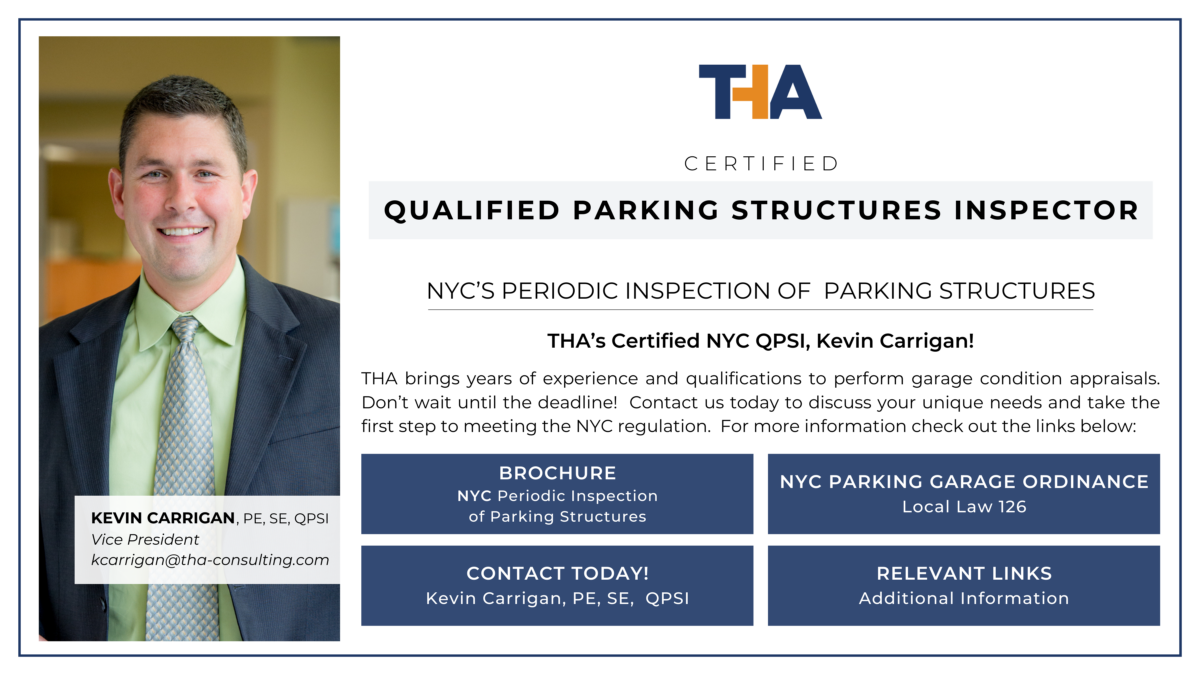What is a public/private partnership? What are the opportunities for delivering parking and mixed-use projects?
Public/private partnership, referred to as “P3”, is an increasingly popular form of project delivery that many institutions and governmental entities are employing as a way to build mixed-use projects or parking garages that improve or enhance campuses and downtowns.
Partnerships between public and private entities are beneficial to each party. Both entities equally share in the risk. By partnering, the public entity may be able to advance a much-needed project, such as a parking garage, that enables other developments to take place as a result. In most cases, the public entity can deliver a P3 project faster and more affordably when working with a private entity. The private entity benefits from the opportunities that result from designing, building, and financing a project. In short, when the P3 opportunity is defined, planned, and delivered properly, both parties benefit.
The P3 model for parking delivery is in its infancy. It must be done in a location with a strong parking revenue stream, to cover the debt service and operating expenses. It will be done by universities and municipalities with thriving, vibrant destinations, able to handle the complicated process. We collaborated with the University of Kentucky on one of these early, successful P3 parking structure projects. The P3 approach delivered much-needed parking to the university quicker than a traditional project would have.
One commonly-used financing structure is the lease-leaseback model. In this model, the public entity as the owner of the property enters into a long-term agreement (normally 30 years) with a developer who designs, builds, and finances the project. The land is leased to the developer under a ground lease arrangement; the improvement (a parking garage) is then leased back to the public entity for their use. The lease amount covers debt service, operating expenses, and reserves for maintaining the asset for the 30-year period. Using this lease agreement structure, the public entity, developer, or a third-party operator can manage the garage. At the end of the lease, assuming all debt obligations have been met, the asset would revert to the public entity for a very small fee, typically $1.
A P3 project only works when both the public entity and the private entity work hand-in-hand to form a long-term partnership and see the benefits of working together.
*Federal, State, and Local codes govern most of these requirements and should be thoroughly investigated. Data presented herein should be considered guidelines only. For more specific information and assistance with implementation of these guidelines, please contact THA Consulting, Inc. via email at info@tha-consulting.com


